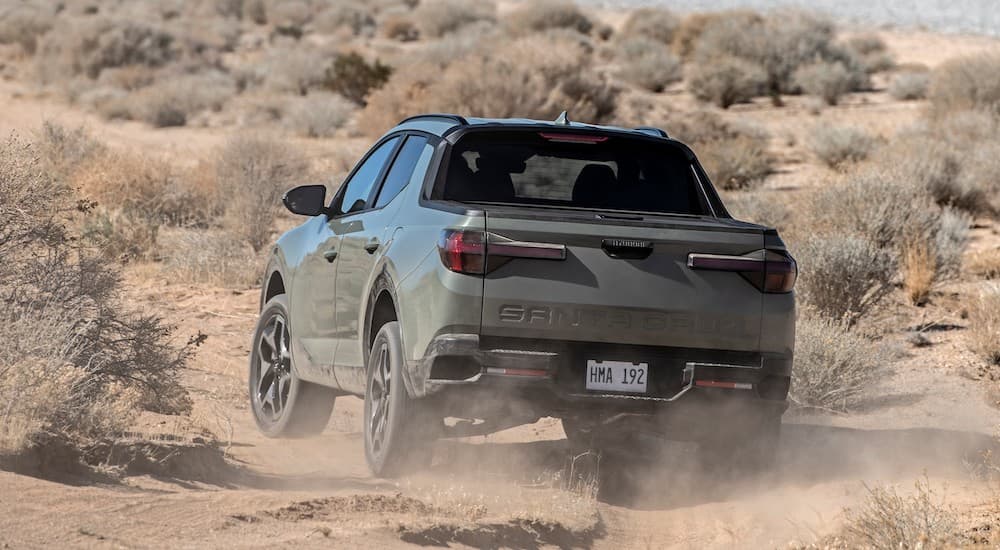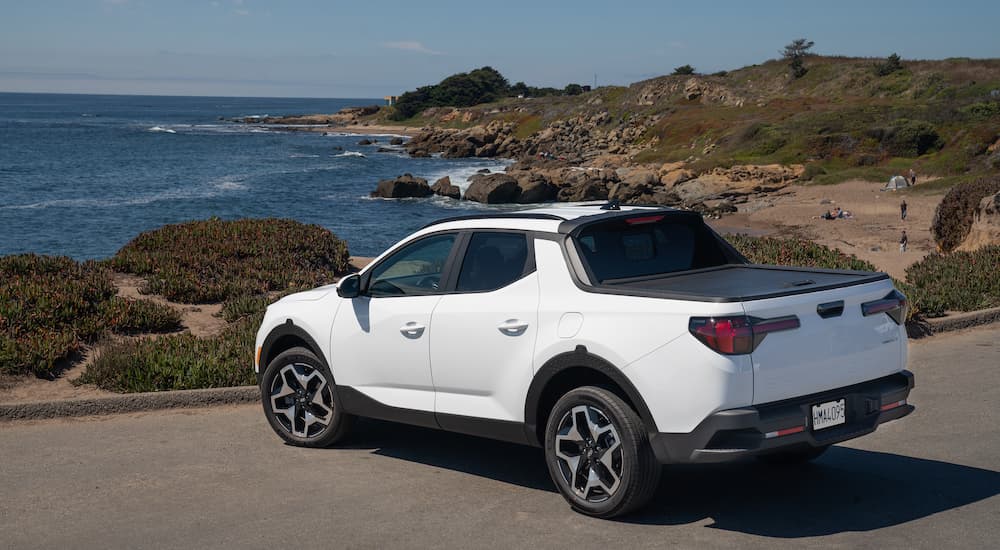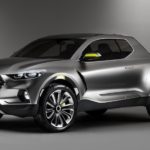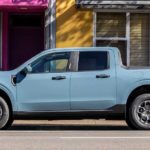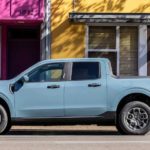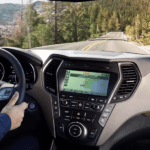“It’s a bird! It’s a plane! It’s Superman!” The popular phrase comes to mind when describing the newly introduced Hyundai Santa Cruz. “It’s an SUV! It’s a truck! It’s a Hyundai!” seems to be the theme heard at Hyundai dealers across Canada. So, what exactly is it, and why are drivers up in arms over this proclaimed segment buster and segment creator?
Introducing a New Segment: Sport Adventure Vehicles
The 2022 Santa Cruz proves that looks can be deceiving. At first glance, it looks like Hyundai’s modern take on the pickup truck. However, a quick venture to the Hyundai website reveals that you won’t find the Santa Cruz in the automaker’s truck segment. In fact, you won’t find a truck segment at all. Instead, Hyundai classifies the Santa Cruz as the newest member of its family of SUVs, calling it a Sport Adventure Vehicle and slating it alongside models like the Tucson, Santa Fe, and Palisade.
While the Santa Cruz marks Hyundai’s debut in the truck segment, it isn’t a truck in the traditional sense. Unlike the standard body-on-frame platform that automakers have used for years to build trucks, the Santa Cruz shares the same unibody platform as the popular Tuscon. Hyundai turned the best-selling SUV into a versatile truck by extending the wheelbase and adding a bed.
The use of a unibody platform seems to be a growing trend in the automotive industry. For example, Chevrolet’s recent debut of the 2024 Silverado EV turned heads by blending components from body-on-frame and unibody platforms. So, what does this mean for the Santa Cruz? It means getting behind the wheel of a vehicle that handles more like an SUV but offers the versatility and capability of a truck.
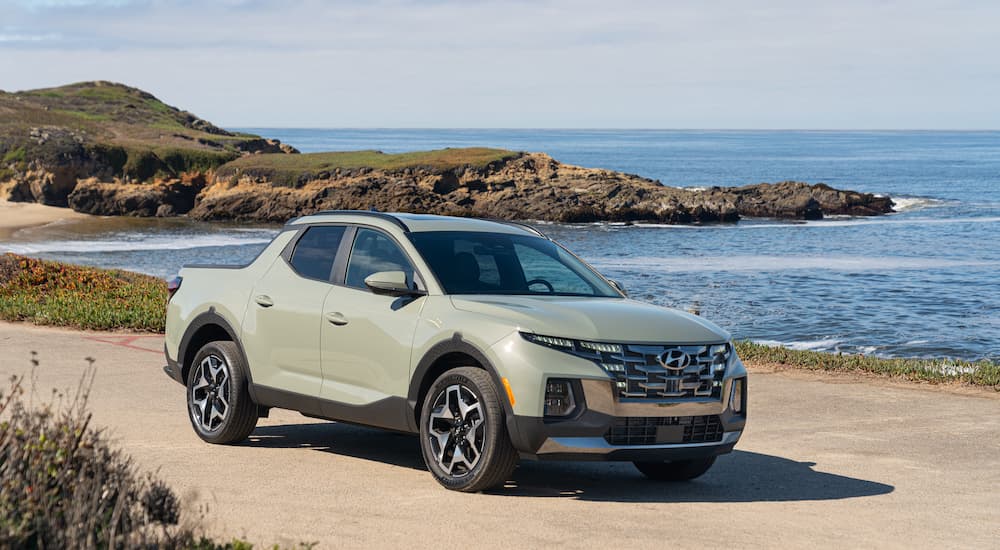
The Question of Capability: How Does It Compare?
If Hyundai doesn’t classify the Santa Cruz as a truck and gives it a segment of its own, how do we measure its capability and versatility against rivals? Do we compare it to midsize trucks like the Nissan Frontier, Chevy Colorado, and Toyota Tacoma? Or, since Hyundai calls it a “Sport Adventure Vehicle,” do we compare it to adventure-ready rigs like the Jeep Wrangler?
It’s a head-scratching dilemma of “which came first––the chicken or the egg?” proportions, and it’s one that many have trouble answering. However, since it features a truck bed, it seems only fair to measure the Santa Cruz’s capability against other pickup rivals, specifically those with a unibody design like the Honda Ridgeline. Even this, however, comes with a caveat––the Santa Cruz is classified as a compact truck while the Ridgeline is part of the midsize segment.
Hyundai makes no bones about giving the Santa Cruz plenty of power or capability with its available 2.5L turbocharged engine and HTRAC all-wheel-drive system. The engine is mated to an 8-speed automatic transmission and delivers 281 horsepower, 311 lb-ft of torque, and a towing capacity of 2,268 kg. In addition, the Santa Cruz’s Drive Mode Select lets you finetune this power and capability with modes like Snow, Mud, and Sand.
Honda’s 2022 Ridgeline comes equipped with a larger, 3.5L V6 engine and 9-speed automatic transmission. However, it proves that bigger isn’t always better, with the engine delivering 280 horsepower, 262 lb-ft of torque, and a 2,268 kg towing capacity. While the Ridgeline and Santa Cruz offer the same towing capability and horsepower, the Santa Cruz’s higher torque rating makes it a more capable hauler. Why? With more torque, the Santa Cruz can tow a heavy load and easily maintain its momentum, while the Ridgeline has to work harder.
How Does It Measure Up? Looking at Size and Versatility
If it walks like a duck and quacks like a duck, it’s probably a duck. The same can be said for the Santa Cruz. While Hyundai calls it a Sport Adventure Vehicle, the Santa Cruz looks like a truck and is classified as such based on its compact dimensions. So, how does it measure up against rivals like the Ridgeline and other midsize options like the Nissan Frontier and Toyota Tacoma?
The 2022 Santa Cruz measures 5 meters long with a wheelbase of 3 meters, making it the smallest in the segment behind the 5.3-meter Ridgeline (3.2-meter wheelbase), 5.3-meter Frontier (3.2 meter), and 5.4-meter Tacoma (3.2 meter). The Frontier is the narrowest truck in the class at 1.8 meters wide, with the Santa Cruz following at 1.9 meters, the Tacoma at 1.9 meters, and the Ridgeline at 2 meters. As for height, the Santa Cruz also takes the crown as the shortest, measuring 1.7 meters compared to the Frontier, Ridgeline, and Tacoma, all at 1.8 meters.
These measurements earn the Santa Cruz its compact status, while its bed length earns it a place in the truck segment. Despite its small size, the Santa Cruz’s bed measures 1.3 meters in length. This is a sharp contrast to the Frontier, Tacoma, and Ridgeline, which have beds that measure at least 1.5 meters. Does this, however, rob the Santa Cruz of its truckhood? Not hardly.
The Santa Cruz proves that just because it’s small doesn’t mean it isn’t mighty. Using its size to its advantage, the Santa Cruz is agile and easy to maneuver in any condition, whether navigating a busy city street, cruising down the highway, or exploring a trail deep in the woods. In addition, its truck bed gives you just enough room to haul cargo, while its 2.5L turbo engine ensures you have plenty of power to tow loads or move cargo. Together, this capability and maneuverability make it a well-rounded truck.
Cruz-ing Into the Future
Proving that looks can be deceiving, the Santa Cruz is undeniably a segment buster when it comes to the traditional pickup truck; as we’ve seen, not even Hyundai classifies it as such. However, we have to put aside the questions of “What is it?” and “Where does it belong?” Instead, we have to look at the Santa Cruz for what it is––an award-winning and revolutionary vehicle.
Small but mighty, the Santa Cruz has earned widespread praise for its design and versatility. The Automobile Journalist Association of Canada named it the “Best Small Pick-up Truck in Canada for 2022,” while AutoTrader had similar praise, naming it the “Best Compact Truck for 2022.” But there’s so much more to the Santa Cruz than that.
The Santa Cruz does something truly incredible that the automotive industry doesn’t often see––it embodies evolution and innovation. It doesn’t just set a new standard in the segment; it creates a new classification. It’s more than a pickup truck; it’s a Sport Adventure Vehicle.
Hyundai didn’t just design a traditional pickup truck and enter the segment on a whim. Instead, the automaker saw a need in the industry and found a way to fulfill that need with a revolutionary approach. Its reminiscent of Henry Ford’s approach to the Model T and its evolution into a pickup truck to meet the needs of farmers throughout America. It’s this pioneering spirit that we see embodied in the Santa Cruz, a vehicle that shatters every segment and classification by proving that ingenuity is still alive and well in the automotive industry.
